Sunny
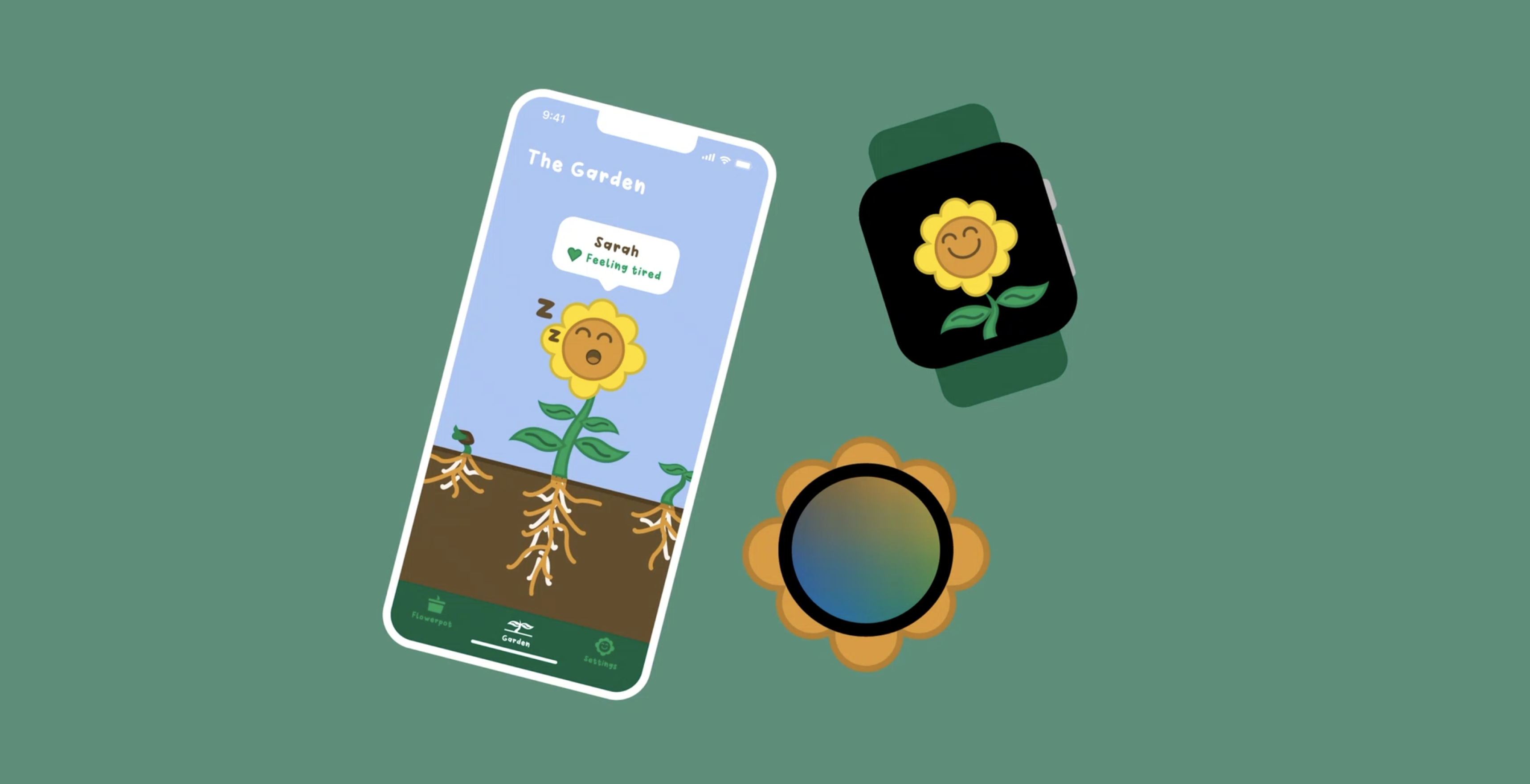



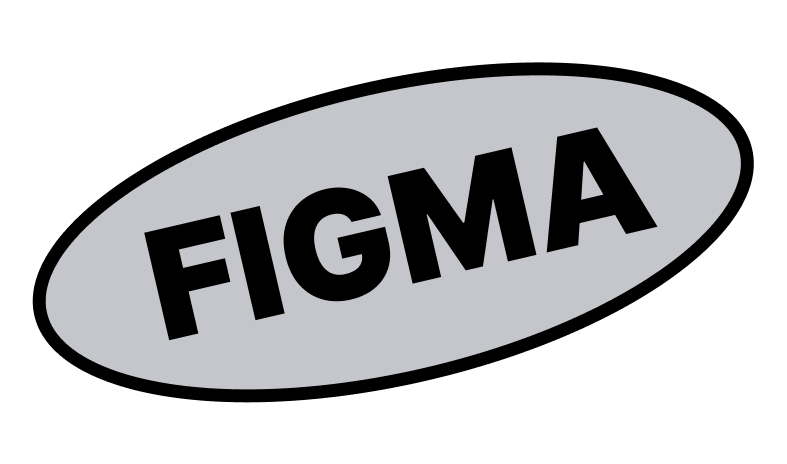
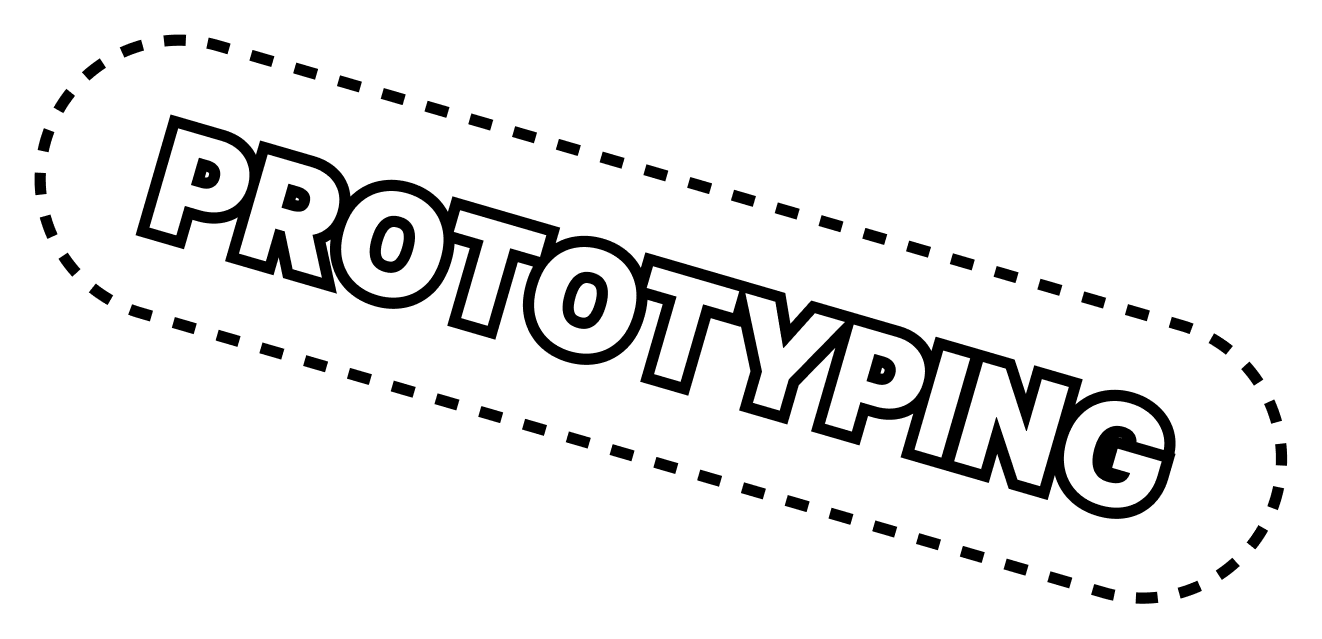
Role
UI & Graphic Design (Group Project)
Timeline
5 weeks (Jul - Aug 2022)
WATCH THE WINNING SHARK TANK PITCH
INTRODUCTION
Have you ever felt a sense of dread and that everything is out of control? Prolonged experiences of stressful situations increase the likelihood of mental health disorders. Using forms of emerging technologies, we were required to create a digital solution that would assist with youth mental health and create new methods that could improve user wellbeing in the long term.
After a thorough process of user research, competitor analysis and testing, we created Sunny – a digital assistant that connects to a wearable charm or existing personal tracking device. It supports stressed youths around the clock, tracking how they’re feeling and their behaviours using augmented intelligence.
RESEARCH

Almost two in five people between 16 and 24 years old had a mental disorder in 2020-21. That’s around 4 million people. Some experiences can cause people to withdraw socially, lose interest in important things in their life and make everything seem like too much effort. In response, AI technologies and machine learning have emerged to help understand, predict and diagnose mental health issues.
Here are some daily stressors that young people typically encounter, gathered via the responses of 15 people. Many are diverse and overlapping, and these helped us reinforce that we need to discourage the idea that people operate as isolated individuals. Looking broadly at these stressors, studies have been done that highlight that physical activity, weather and sleep can impact mood and help discover trends of depression or anxiety in a person.

The connections that young people create within their relationships, places and social activities form a safety net for their mental health. Our aim is to improve emotional regulation and awareness, enable proactive check-ins and promote positive engagements on a personal and social level.

In the market for wearable technology or assistants that aid with human decision-making, our team has been informed by various precedents. We looked at the strengths and weaknesses of existing assistants, app-based solutions and wearable solutions. We identified an area of potential benefits of using machine learning and passive sensing in adolescents to include opportunities to use real-time monitoring to enhance self-management using just-in-time interventions.

DESIGN

PROTOTYPING
Our initial brainstorms focused heavily on either social or personal use, with a broad emphasis on improving decision-making. Initial pathways of thought included using AI to navigate complex social situations, give more informed recommendations and help with a broad range of awareness functions.
We also prototyped the use of a physical charm in addition to the digital app as a way to offer more social interaction in different situations where an app may not be appropriate.

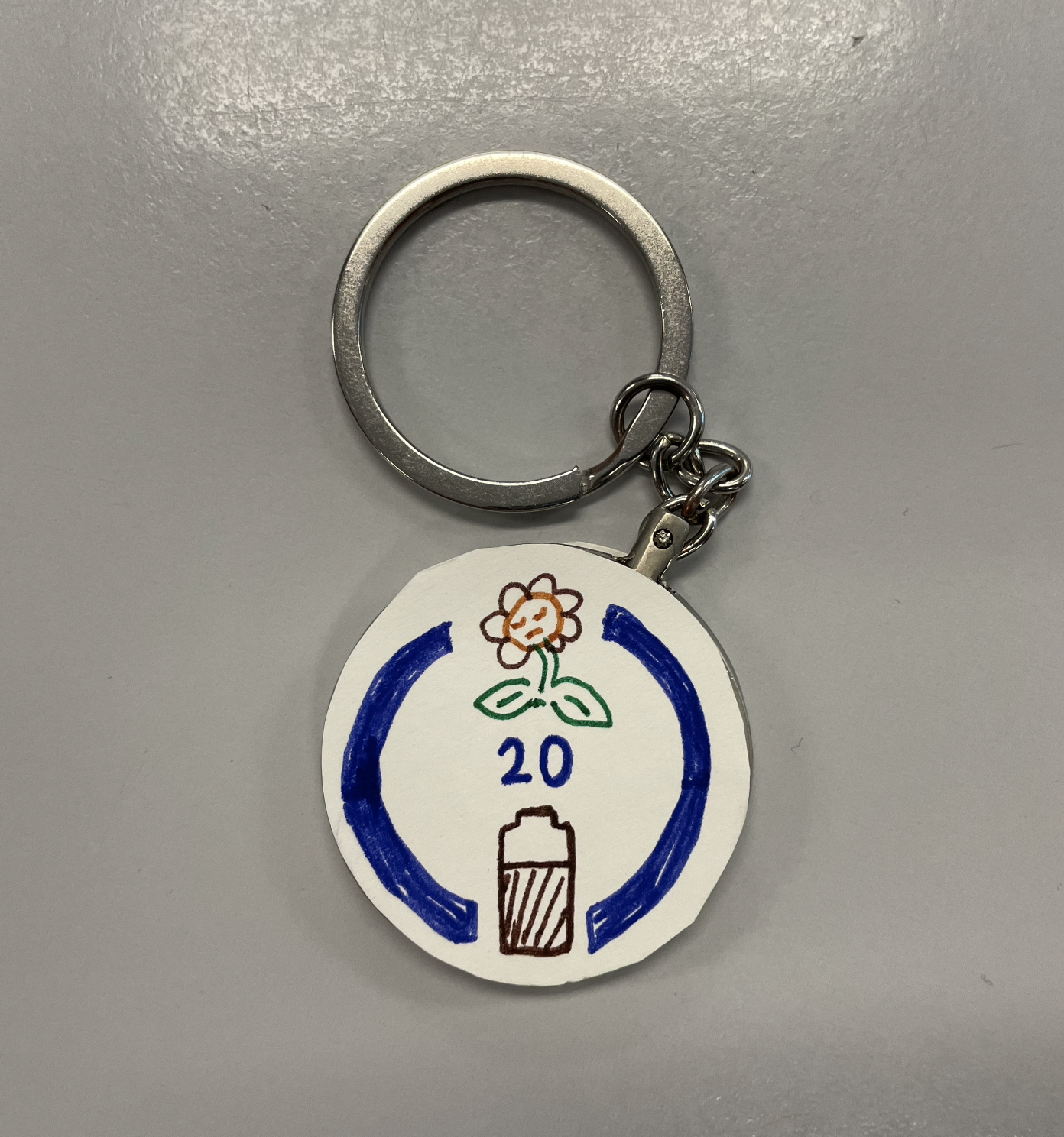

The first prototype centred on a user rating system, where the user can select their current emotion from three emojis on screen. This would allow the app to generate a better understanding of the user’s emotional wellbeing over time, and offer recommendations such as music or reaching out to a friend, when poor wellbeing is detected.

Next, we created Sunny as the virtual assistant in the app. We chose a sunflower as it suggests happiness, positivity, strength as well as growth and confidence. The design is warm and recognisable in a distinct graphic style. The sunflower is also used as the internationally recognised symbol for people with hidden disabilities.
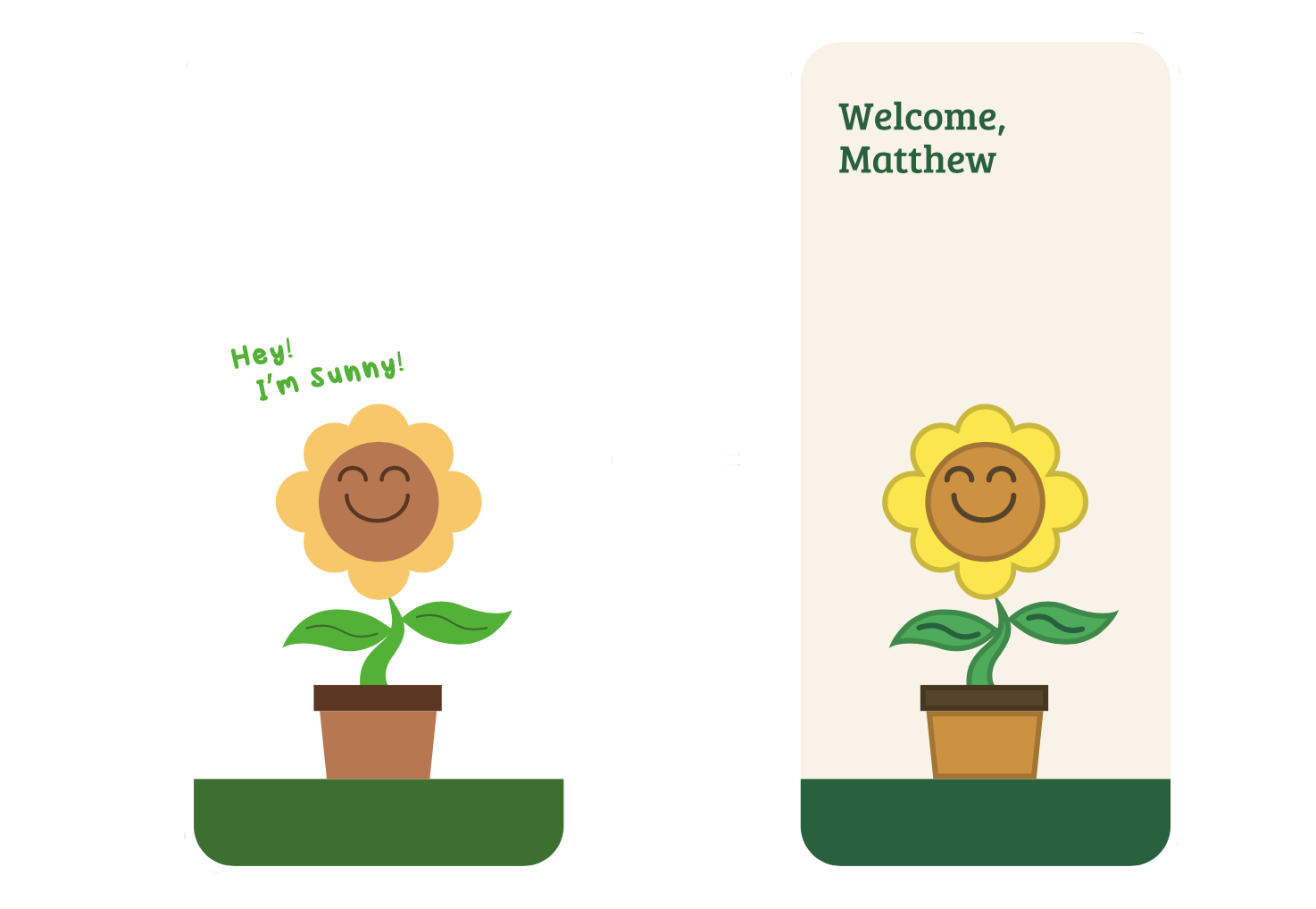

SUNNY APP & CHARM
Sunny lives in a digital application, with the option to link to a wearable charm or an existing device with personal tracking such as a smart watch. Sunny is designed with the intention of supporting stressed youths both internally and externally, around the clock. It is driven by augmented intelligence so that everything is tied to exactly how the user is feeling.

To start off, all users must connect to either an existing personal tracking device or link to a Sunny charm. Here you will also provide a name for identification.
For those syncing the Sunny app to their existing wearable devices, there will be the option of installing the Sunny widget which functions similarly to the charm, with the ability to view alerts and notifications via the screen. This way, the app is also sustainable as Sunny can be moved between different devices instead of needing to purchase a new product or phone.
The charm is an optional device for users that do not have an existing smart watch device. With a round, simplistic design, it acts as a medium for Sunny to communicate with the user. The primary function are the sensors to detect wellness data metrics and a convenient tool to interpret current statuses. This is done through various in-built haptic patterns to represent different features and alerts, and an LED light display which can change colours to indicate emotional status.
A separate fidget charm case has been designed as an optional add-on as a means of assisting with stress relief.




Sunny uses key wellness data metrics as the basis for generating insights and recommendations for activities and self-management strategies. Physiological measurements, such as heart rate, blood pressure and movement rates, are important to reflect an individual’s physical health status to encourage healthy physical habits. Sleep tracking, stress levels and blood oxygen saturation are other quantifiable data metrics funneled into Sunny’s algorithms.

These metrics are evident within the two main categories of features offered in the app – the Flowerpot which focuses on connecting with yourself, your body and your emotional wellbeing, and the Garden which promotes strong social networks with other Sunny app users.

THE FLOWERPOT & THE GARDEN
Within the Flowerpot, wellness scores are located, including energy, stress, and mood. These are tracked in real-time throughout the day via the watch or charm. Your personal sunflower at the top is a visual representation of your current state and changes based on the metrics.
Sunny can interpret new data based on analytics and synchronously learn from human feedback through its interactions. Its speculative nature comes from decoding behaviours and indicators of negative symptoms to help the user.
In the Garden, is a space to create support networks and connect with intention. This space has its own set of features driven by wellness scores and tracked data metrics, such as Beam and Radar that alert you to check in with those in your Garden and in real life. Your seeds will grow into flourishing sunflowers as your friendships and networks grow too.
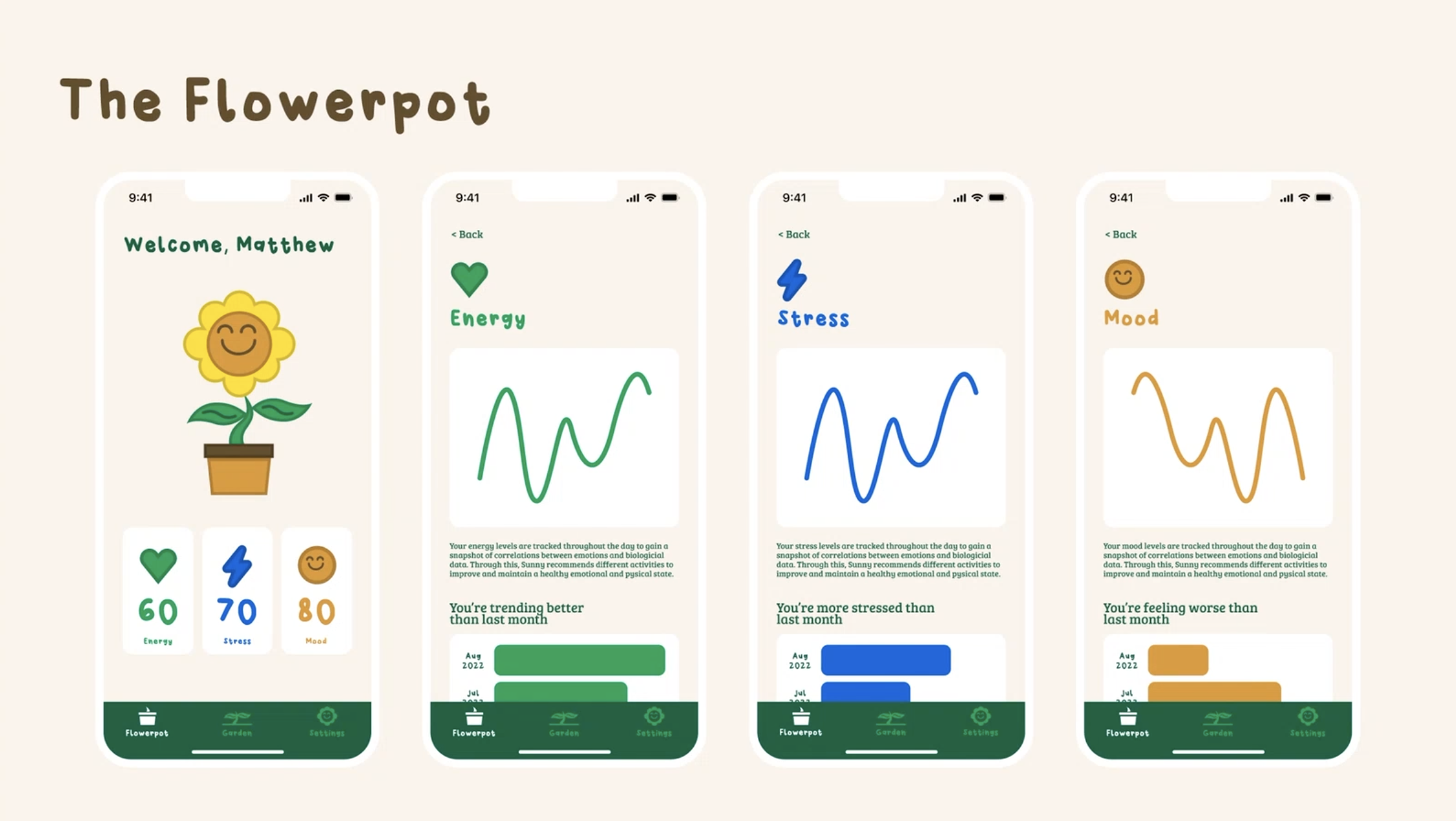
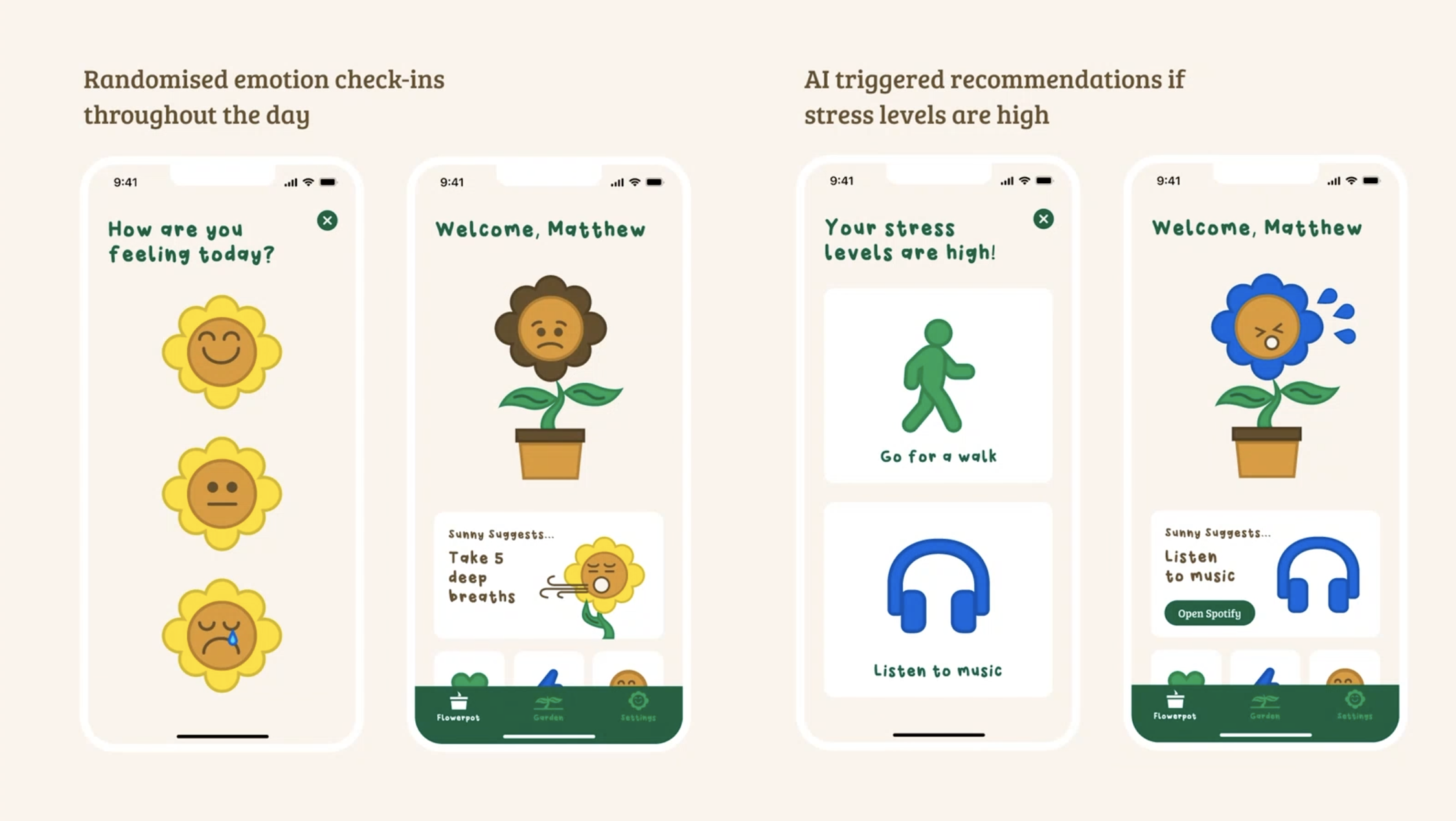


USER JOURNEY
Here we can see how Sunny could help Emily, an 18-year-old HSC student struggling with balancing studies, friends, and personal time. After an overwhelming day Emily's friend Radar prompted her friends to beam to check up. The friends schedule a catch-up for the next day in which they continue to grow their sunflower seeds together strengthen their support.


ANALYSIS
The Sunny app ensures that cognitive load is reduced in order to maintain ease of use. Illustrations are employed strategically to symbolically represent information, and Nielsen’s Usability Heuristics have also been followed to ensure a positive user experience.
Sunny also takes into consideration Atkinson and Shiffrin’s Information Processing Model by ensuring that interactions do not require a significant amount of memory. Finally, Sunny uses Fitts’ law as part of the interface design to ensure that specific touch target areas are enlarged so that the user can navigate to their desired points quickly.

SOCIAL IMPACT & FUTURE DEVELOPMENTS

Sunny will become more responsive as algorithms and processing technology help to decodecomplex human behaviours and interactions. It will empower youths to have greater awareness and management of stress factors which will support well-being, leading to reductions in rates of anxiety and depression as a result of connectedness with oneself and their support networks.

Future applications can include Sunny’s development to sync with navigational tools to offer more informed recommendations of activities, and the ability to reach out to allied health services. Further support for accessibility can be achieved via greater audio-based interaction and international language support.
CONCLUSION
Sunny has been a great success, with a positive response to the Flowerpot and Garden features and a keen desire from our target audience showing interest in the app. It was also rewarding to see our group efforts recognised by winning the shark tank presentation at the end of the project. As the augmented intelligence technology grows over time, Sunny would only continue to flourish and become even more beneficial.
With thanks to group members Kristy Che, Sarah Henson and Anna Yim.

